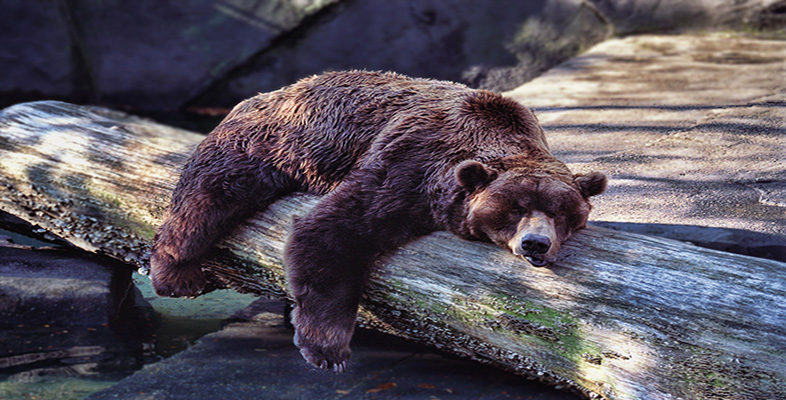3.7 Summary
The physiological details of deep or seasonal hibernation vary widely between species. However, the general pattern is similar, involving controlled entry to torpor, with or without ‘test drops’, and periodic arousals. The intervals between these arousals depend on size, T b and other factors. The frequency of the arousals falls off during the deepest part of the hibernation. Entry to hibernation may be triggered by temperature, daylength and shortage of food, especially in facultative hibernators (e.g. hamsters, chipmunks), or by endogenous circannual rhythms, as in some obligative hibernators (e.g. marmots, ground squirrels). In spite of the very low T b, physiological control is maintained, as is a low level of metabolic activity.
The three types of arousal – alarm, periodic and final – are physiologically similar. Alarm arousal is initiated by external stimulation. Periodic arousal is initiated by endogenous signals. Strategies for increasing T b during arousal include both muscle activity and NST. BAT is certainly important as a source of heat for arousal in many species of mammals, though apparently not in birds. Final arousal occurs in spring, though it is not known what prevents the animal from re-entering hibernation. Arousal appears to be physiologically imperative at some stage during torpor.
